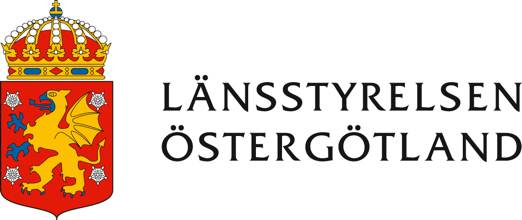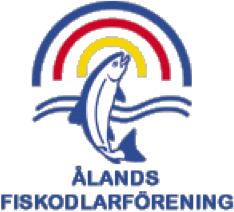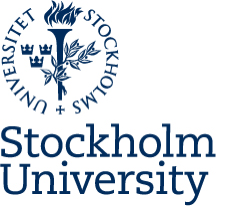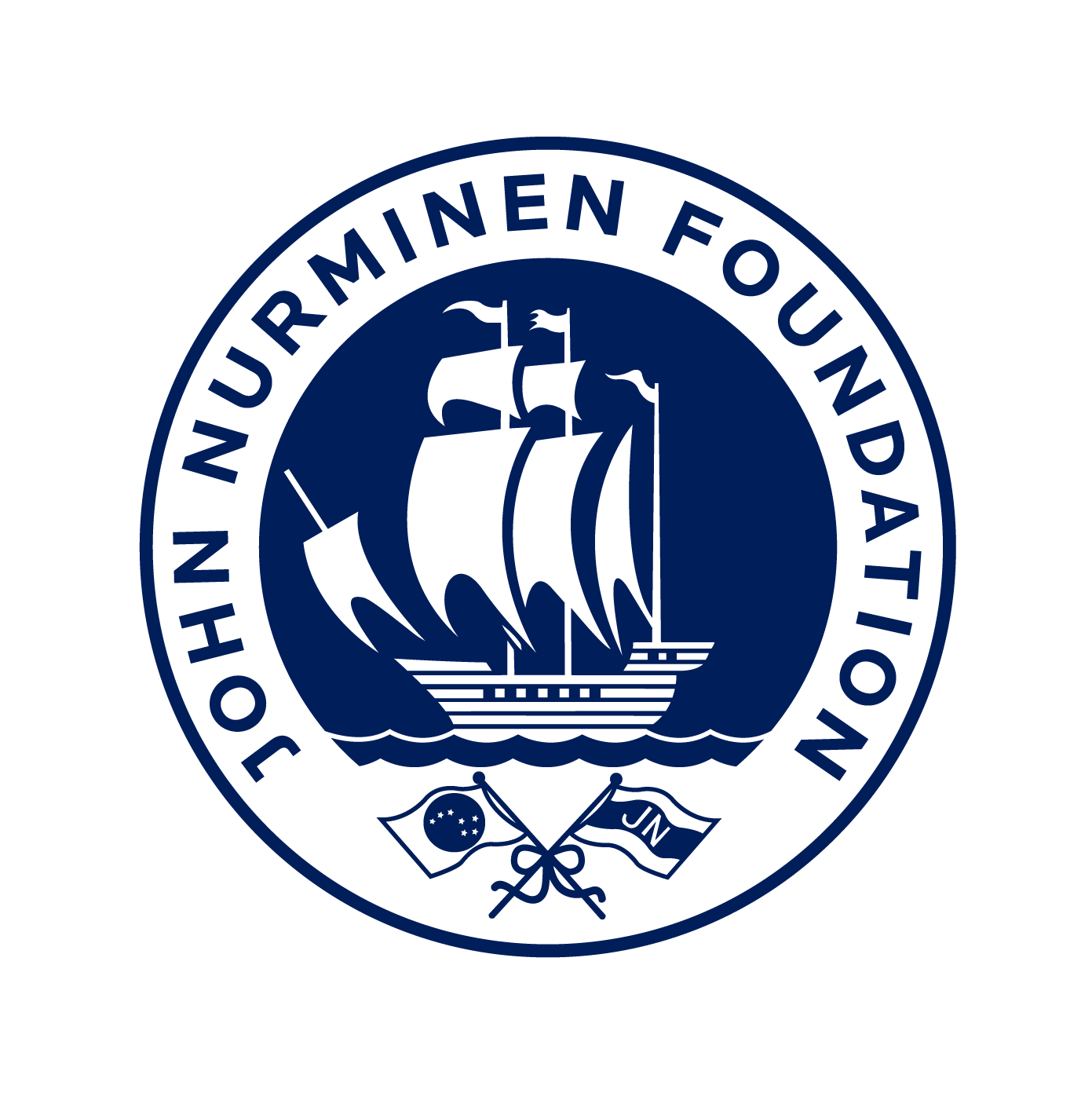The Seabased Project
The most large-scale problem of the Baltic Sea is eutrophication. While we have been successful in cutting the nutrient load from land, nutrients that are stored in the seabed slow down the Sea’s recovery. The SEABASED Project (Seabased Measures in Baltic Sea Nutrient Management) assessed measures that improve the status of marine area by reducing the internal load of the sea during 2018–2021. The project piloted selected measures in the pilot areas in Finland, Åland and Sweden. The project was funded by the Interreg Central Baltic Programme and ended in May 2021.
Pilots
SEABASED pilots are small-scale local activities, testing methods to alleviate the internal nutrient load in the Baltic Sea with low risks of causing any negative effects to the ecosystem. Piloted measures, that could help reduce the effects of excess nutrient load in the Baltic Sea include e.g. removing the active, oxygen-consuming surface layer of bottom sediment; recycling the nutrient-rich water from the proximity of the seabed for use in farming; and retaining phosphorus in the seabed sediment using natural, limestone-based materials, e.g. marl. Most of SEABASED pilot activities were implemented during 2019–2020.
Go to pilotsAquatic compensation
Alongside the pilot activities, SEABASED developed a concept of aquatic compensation in coastal waters with focus on nutrient offsetting. The objective examined different options and needs for new regulations for legislation and found functional and sustainable solutions, e.g., to be utilized in ecosystem-based compensations in the future, for which Åland will act as “a test laboratory”. The concept was applied and tested in practice with pilot activities to reduce nutrients from the marine environment and to restore the coastal pilot areas into better conditions. A model for a Water Improvement Fund was described with the effort of taking aquatic compensation from theory into practice.
SEABASED Project results
In the project recycling of the nutrient-rich water for irrigation of fields, binding of phosphorus in the seabed sediment by using natural, limestone-based material (heat-treated marl) and fishing stickleback to enhance predatory fish populations were piloted in Finland, Åland and Sweden. In addition, artificial reefs, and instructions for making a pike factory, a wetland to enhance pike populations, were made in Sweden, and a concept for aquatic compensations was designed, related to the renovation of the Water Act in Åland. The potential of sediment top-layer removal for phosphorus uptake and reducing the oxygen demand in the bottom was studied with incubation tests in laboratory scale.
The results from the field pilots can be found in reports linked below:
Binding P with activated limestone – SEABASED Pilot Report
Stickleback fishing – SEABASED Pilot Report
Sediment Removal -SEABASED Pilot Report
Nutrients from Sea to Field – SEABASED Pilot Report
Manual for artificial reefs – SEABASED Pilot Report
Manual for Irrigation – SEABASED Pilot Report
Manual for Pike factories – SEABASED Pilot Report
News & Blog
-
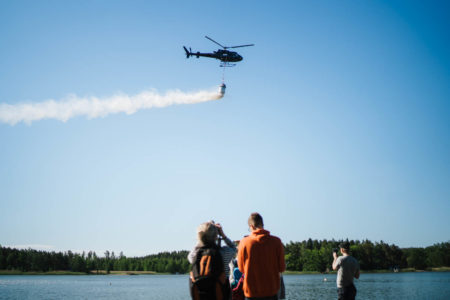 January 25, 2021Key conclusion from the SEABASED project: no silver bullet for reducing internal nutrient load
January 25, 2021Key conclusion from the SEABASED project: no silver bullet for reducing internal nutrient loadThe SEABASED Project (Seabased Measures in Baltic Sea Nutrient Management), led by the John Nurminen Foundation and funded by the EU, examined measures that potentially could improve the state of the Baltic Sea by reducing the internal nutrient load of the sea. Although some of the piloted methods show great potential, no silver bullet was found to quickly relieve the nutrient load and eutrophication troubling the Baltic Sea. However, some methods for reducing internal load can be useful for improving the environmental conditions in heavily eutrophied, relatively enclosed small bay areas.
-
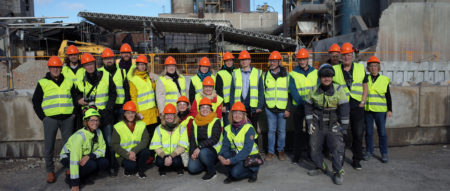 May 31, 2021The SEABASED Project ends – parting words
May 31, 2021The SEABASED Project ends – parting wordsToday, May 31st, is the final day of the SEABASED Project and so this is the last news article to you, our dear followers.
-
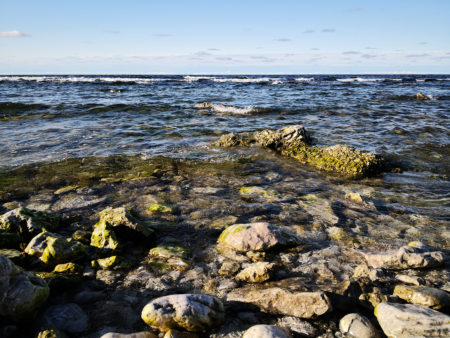 January 18, 2021The SEABASED Project searched for solutions under the sea
January 18, 2021The SEABASED Project searched for solutions under the seaThe SEABASED Project is soon approaching its end and our final outputs are already on the way. In this blog post Project Manager Miina Mäki from the John Nurminen Foundation sums up the project’s highlights.



